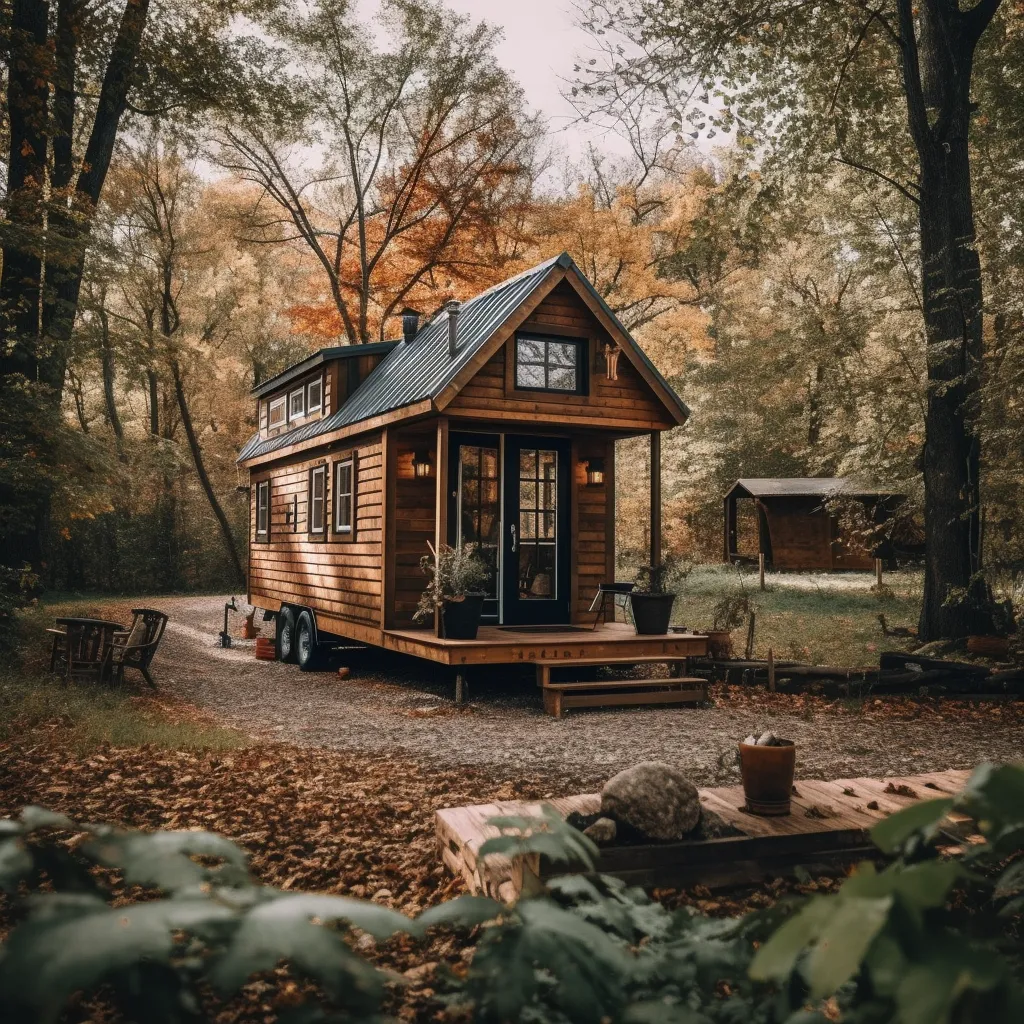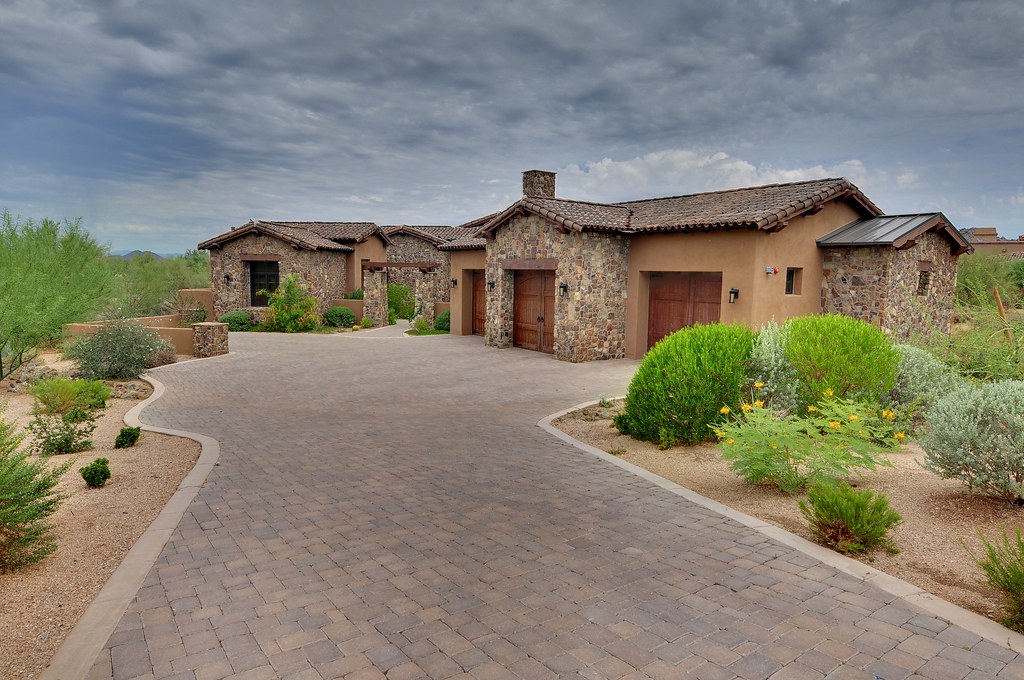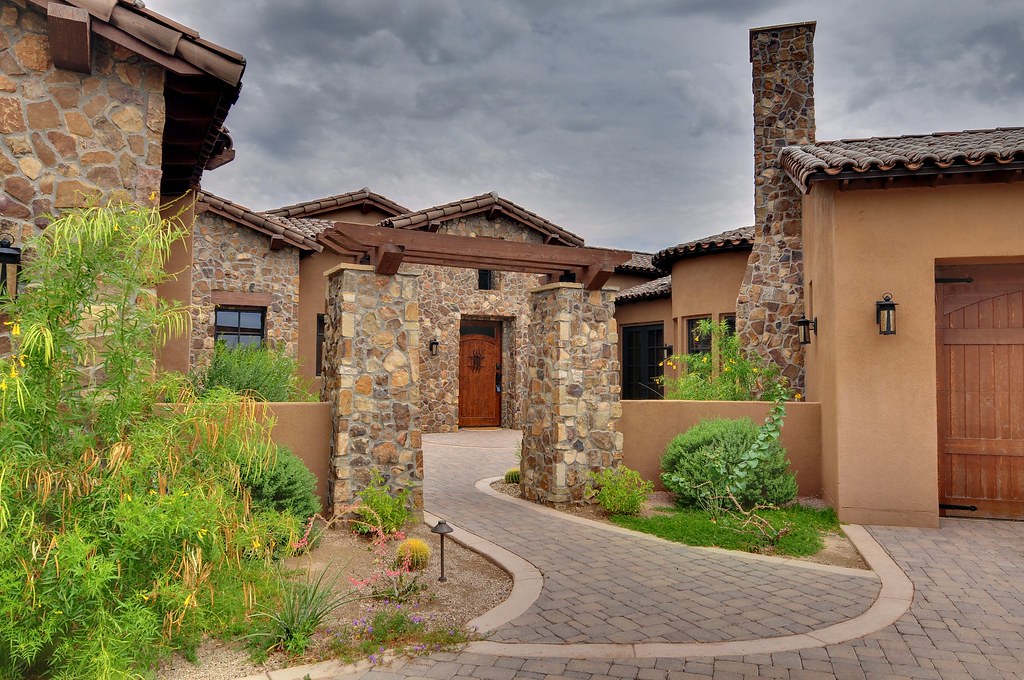How Much Does a Tiny House Cost?
The tiny house movement has taken the world by storm due to its affordability and sustainable approach. If you’re considering moving into a tiny home, it’s important to understand the cost of building or buying one. The cost of a tiny home varies depending on several factors, including type, size, materials, labor, permits, utility access, zoning laws, and location. According to Forbes, the average cost of a tiny home is around $50,000, but prices can vary based on size, quality, and details.
To help you understand the cost of a tiny home, we’ve compiled a comprehensive guide that covers the average cost, factors that affect the cost, financing options, examples of budget-friendly tiny homes, and the benefits of living in a tiny home. Let’s dive in!
Average Cost of a Tiny Home
Understanding the Average Cost
Tiny homes are an affordable alternative to traditional homes, but they still come with a cost. According to Rocket Mortgage, the cost of a tiny home varies greatly, with an average cost of $45,000. However, the cost can range from as low as $4,000 for a DIY kit to over $100,000 for a luxury mobile tiny home.
The cost of a tiny home is affected by several factors, including the type of home, size, materials, labor, permits, utility access, zoning laws, and location. Each of these factors can have a significant impact on the total cost of a tiny home.
Cost Breakdown
The cost of a tiny home can be broken down into several categories, including materials, labor, permits, insurance, taxes, appliances, furnishings, decor, storage, maintenance, repair, upgrades, and resale value. Bob Vila provides a comprehensive list of factors that can affect the cost of a tiny home.
It’s important to consider all of these factors when planning for a tiny home. While the cost of a tiny home can be much lower than a traditional home, it’s still a significant investment. By understanding the cost breakdown, you can plan for all the expenses involved in building or buying a tiny home.

Factors Affecting the Cost of a Tiny Home
Type of Home
The type of tiny home you choose can have a significant impact on the cost. There are several types of tiny homes to choose from, including mobile, on a foundation, or a container home. Rocket Mortgage explains that a mobile tiny home can be more expensive due to their ability to move, which requires additional features such as wheels, axels, and a trailer. On the other hand, a tiny home on a foundation may require additional costs such as permits, zoning laws, and utility access.
Size
The size of the tiny home is another factor that affects the cost. According to The Spruce, the average size of a tiny home is around 186 square feet, but tiny homes can range anywhere from 80 square feet to 400 square feet. It’s important to consider your needs and lifestyle when choosing the size of your tiny home.
Materials
The materials used in building a tiny home can also affect the cost. For example, high-end finishes and appliances will add to the overall cost. Bob Vila suggests using reclaimed or salvaged materials to keep the cost down.
Labor
The cost of labor is another factor to consider when building or buying a tiny home. DIY-ing can save money, but it’s important to consider the time and effort involved. Forbes explains that the cost of labor can range from $30 to $150 per hour depending on the experience and expertise of the builder.
Permits and Zoning Laws
Permits and zoning laws can also add to the cost of a tiny home. According to Bob Vila, the cost of permits can range from $500 to $5,000, depending on the location and the type of tiny home. It’s important to research and understand the regulations and zoning laws in your area before building or buying a tiny home.
Utility Access
Utility access is another factor that can affect the cost of a tiny home. If you’re building a tiny home on a foundation, you’ll need to consider the cost of connecting to utilities such as water, sewer, and electricity. According to Rocket Mortgage, connecting to utilities can cost up to $30,000, depending on the location and the distance from the nearest utility connection.

Financing Options for a Tiny Home
Construction Loans
If you’re building a tiny home, a construction loan can help finance the cost of construction. According to Rocket Mortgage, construction loans are short-term loans that cover the cost of building a home, including materials, labor, and permits. Once the construction is complete, the loan is converted into a traditional mortgage.
Cash-Out Refinancing
Cash-out refinancing is another financing option for a tiny home. According to Rocket Mortgage, cash-out refinancing allows you to refinance your current mortgage and take out additional cash to cover the cost of a tiny home. The interest rate on a cash-out refinance is typically lower than a personal loan or credit card, making it a more affordable option.
Personal Loans
Personal loans are another financing option for a tiny home. According to Forbes, personal loans are unsecured loans that don’t require collateral, but they typically have higher interest rates than secured loans. It’s important to shop around for the best interest rates and terms before taking out a personal loan.
RV Loans
If you’re purchasing a mobile tiny home, an RV loan may be a financing option. According to Rocket Mortgage, RV loans are similar to auto loans and can cover the cost of a mobile tiny home. The interest rates on RV loans are typically lower than personal loans, making it a more affordable option.
Other Financing Options
There are other financing options available for a tiny home, including credit cards, home equity loans, and crowdfunding. It’s important to research and understand the pros and cons of each financing option before making a decision.
Tips for Saving Money on a Tiny Home
Building or buying a tiny home can be a significant investment, but there are ways to save money. Here are some tips for saving money on a tiny home:
Source Materials
According to Bob Vila, sourcing materials can save money on the cost of a tiny home. Salvaged or reclaimed materials can be used for flooring, walls, and even appliances. It’s important to research and understand the quality of the materials before using them in the construction of a tiny home.
Do Some Work Yourself
DIY-ing some aspects of the tiny home can save money on labor costs. Simple tasks such as painting and installing flooring can be done by the homeowner. However, it’s important to consider the time and effort involved before taking on a DIY project.
Start with Used Appliances and Furnishings
Starting with used appliances and furnishings can save money on the cost of a tiny home. According to Bob Vila, used appliances and furnishings can be found at a fraction of the cost of new items. It’s important to research and understand the quality of the used items before purchasing them.
Keep the Design Simple
Keeping the design of the tiny home simple can save money on construction costs. According to Forbes, the more complex the design, the more costly the construction. A simple and functional design can save money on labor and materials.
Consider a DIY Kit
DIY kits are available for building a tiny home. According to The Spruce, DIY kits can cost as little as $4,000 to $10,000. It’s important to research and understand the quality of the kit before purchasing it.
Final Thoughts
Building or buying a tiny home can be a significant investment, but it can also be an affordable alternative to traditional homes. By understanding the factors that affect the cost of a tiny home and exploring financing options, you can plan for the cost of a tiny home. Additionally, by following these tips for saving money, you can create a functional and affordable tiny home that meets your needs and lifestyle.

Additional Costs to Consider
Land
If you’re building a tiny home on a foundation, you’ll need to consider the cost of purchasing land. Land prices can vary widely depending on the location and size of the property. According to Forbes, the cost of land can range from $3,000 to $150,000, depending on the location and type of property.
Building Permits
Building permits are required for building a tiny home in most areas. According to Bob Vila, the cost of building permits can range from $500 to $5,000, depending on the location and the type of tiny home.
Amenities
Additional amenities such as plumbing, electricity, and heating can add to the cost of a tiny home. According to Rocket Mortgage, connecting to utilities can cost up to $30,000, depending on the location and the distance from the nearest utility connection.
Foundation
If you’re building a tiny home on a foundation, you’ll need to consider the cost of the foundation. According to Forbes, the cost of a foundation can range from $1,000 to $5,000, depending on the type of foundation and the location.
Insurance
Insurance is another cost to consider for a tiny home. According to Forbes, tiny homes can be insured through RV insurance or a specialty tiny home insurance policy. The cost of insurance can vary depending on the coverage and the location of the tiny home.
Taxes
Taxes are another cost to consider for a tiny home. According to Forbes, tiny homes may be subject to property taxes, sales taxes, and other taxes depending on the location and the type of property. It’s important to research and understand the tax laws in your area before building or buying a tiny home.
Wrapping Up
Building or buying a tiny home can be an exciting and rewarding experience. By understanding the factors that affect the cost of a tiny home and exploring financing options, you can plan for the cost of a tiny home. Additionally, by following these tips for saving money and considering additional costs, you can create a functional and affordable tiny home that meets your needs and lifestyle.
If you’re interested in learning more about tiny homes, be sure to check out our other great content. We have articles on the benefits of tiny homes, the different types of tiny homes, and the best locations for a tiny home. Thanks for reading and happy tiny home building!
Frequently Asked Questions
Who can I talk to about financing a tiny home?
You can talk to your bank or credit union about financing options.
What are some common financing options for tiny homes?
Common financing options for tiny homes include personal loans and RV loans.
How much does it cost to maintain a tiny home?
The cost to maintain a tiny home is similar to that of a traditional home.
What are the additional costs to consider when building a tiny home?
Additional costs to consider include land, building permits, amenities, foundation, insurance, and taxes.
How can I save money on a tiny home?
You can save money on a tiny home by sourcing materials, doing some work yourself, starting with used appliances and furnishings, keeping the design simple, and considering a DIY kit.
What is the average cost of a tiny home?
The average cost of a tiny home is around $45,000, according to various sources.










